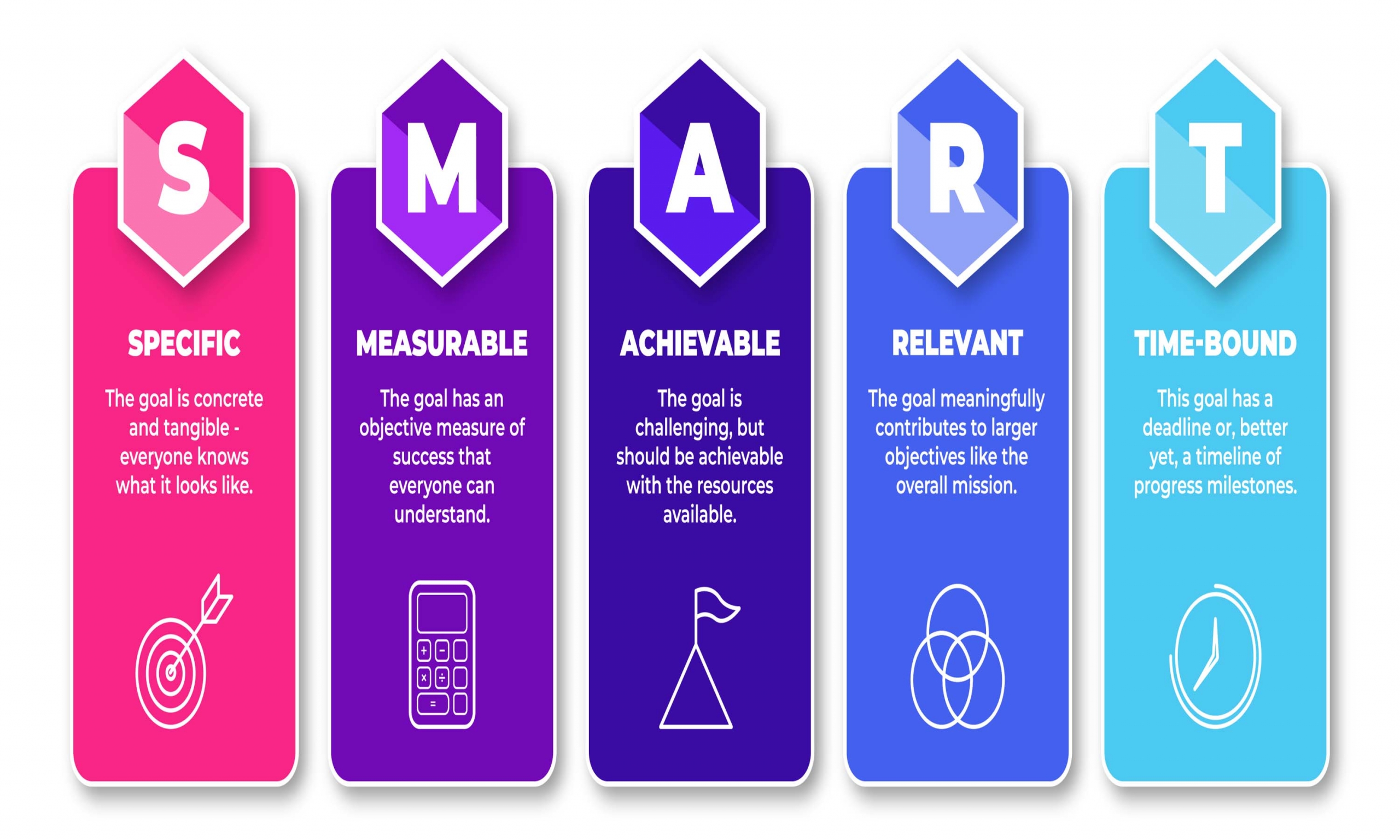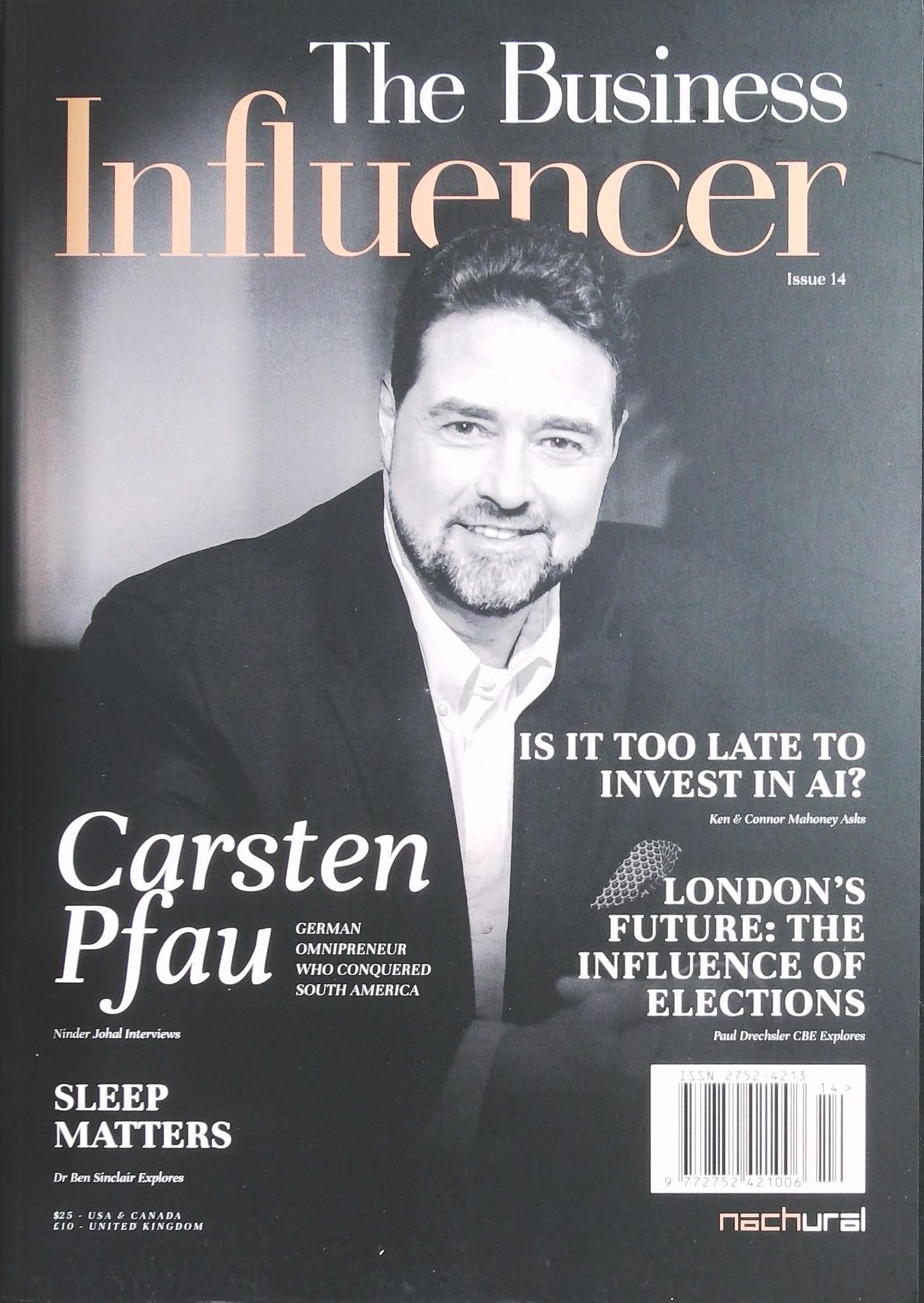The Reader’s Digest Approach to Content Marketing
Although reading is a way to keep you mind sharp, finding time to read can be a challenge,” Jason Buhrmester, Chief Content Officer for Reader’s Digest concedes. We can help,” he assures readers, alluding to the service Fiction Favorites, groups of four novels, hand-picked and shortened, delivered to readers’ homes.
As content marketers, I teach at Say It For You, we can take the same approach in offering content to our clients’ target audiences. I encourage freelance content writers and business owners alike to curate, meaning to gather OPW (Other People’s Wisdom) and share that with their readers, commenting on that material and relating it to their own topic.
Truth is, to sustain our blog and newsletter content writing over long periods of time without losing reader excitement and engagement, we need to constantly add to our own body of knowledge – about our industry or professional field, and about what’s going on around us in our culture. Business blogging can serve as a form of market research in itself, and through curating material we find and then adding our own original thinking about what we’re sharing – that brings our readers the best of both worlds.
Three cautions concerning content curation:
1. Communicate armed with facts from reliable, trusted sources.
Linking to a news source or journal article, for instance, adds credibility to the ideas you’re presenting in your post. Having guest bloggers explain their point of view and share their specialized knowledge. Make sure to include material only from trusted sources.
2. Communicate seeking to inform, comfort, and connect.
The tone needs to be relationship-building and interpersonal communication. as your content helps visitors judge whether you have their best interests at heart. Even if you’ve come across as the most competent of product or service providers, you still need to pass the “warmth” test.
3. Always attribute.
While quoting someone else’s remarks on a topic your covering can be a very good thing, reinforcing your point, showing you’re in touch with trends in your field, and adding variety, it’s crucial to give “credit where credit is due” by attributing the quote or comment to its author. Even if you’re not quoting an author directly, but using another person’s thoughts or ideas that are not your own or mentioning statistics you didn’t collate yourself, it’s crucial to acknowledge the source.
.
Add value to your content by using the Reader’s Digest approach!






Follow us online!